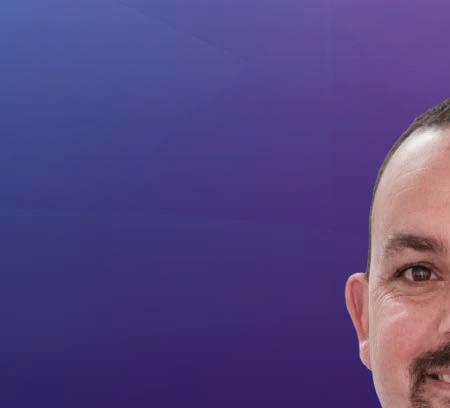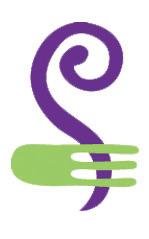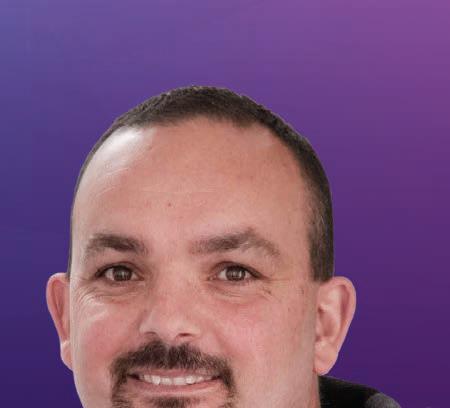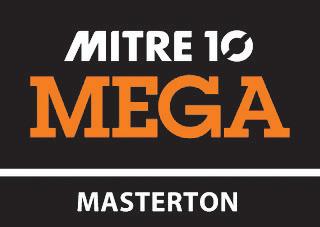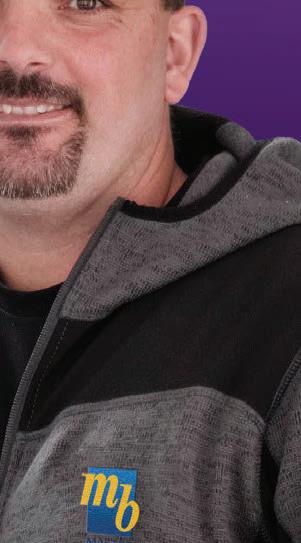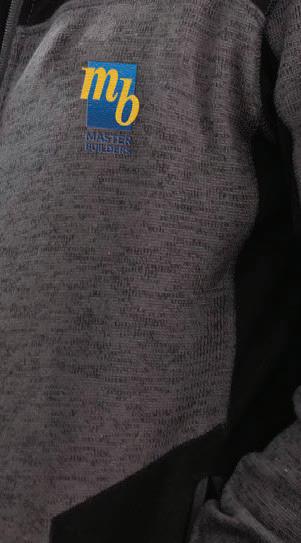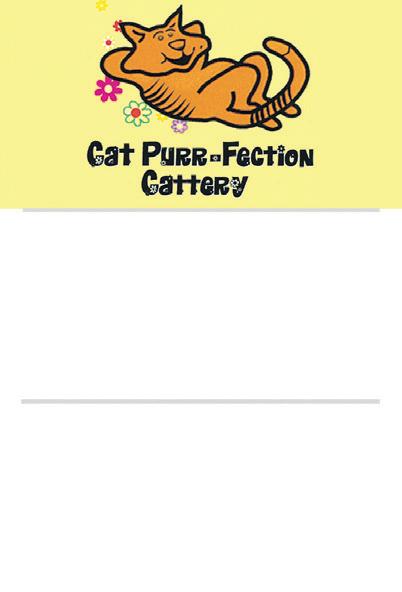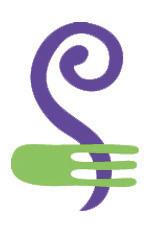












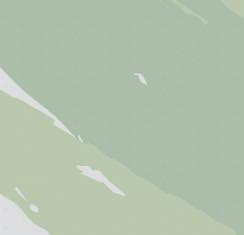
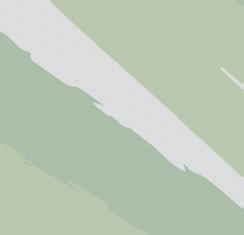
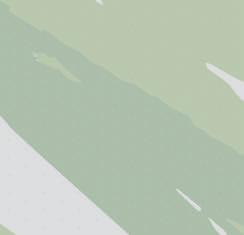


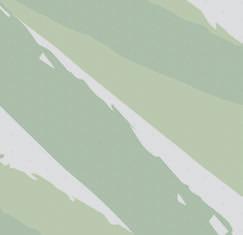
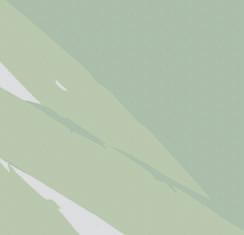
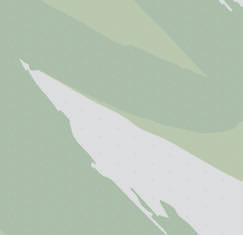

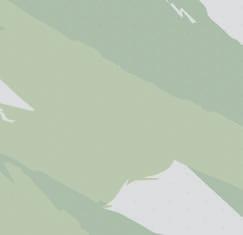
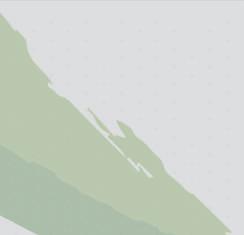

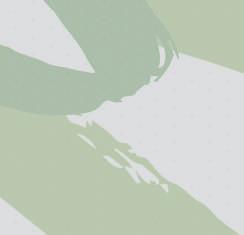
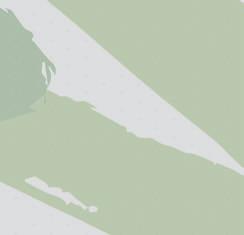

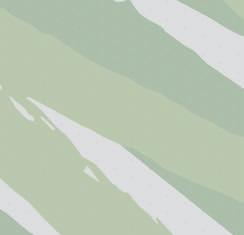
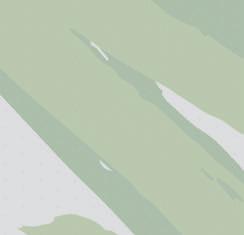

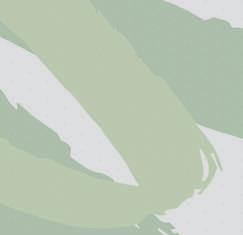
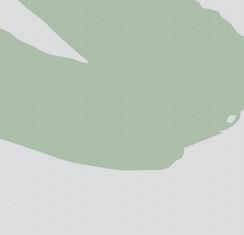

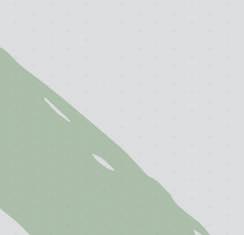



Each year since 1993, the Mental Health Foundation runs a Mental Health Awareness Week to help kiwis understand how to boost their wellbeing and improve their mental health. In 2023, Mental Health Awareness Week takes place between Monday 18 and Sunday 24 September.
This year’s Mental Health Awareness Week theme is Five Ways, Five Days The Mental Health Foundation asks New Zealanders to use the ve ways to wellbeing to improve their wellbeing throughout the week. These simple actions are backed by evidence and
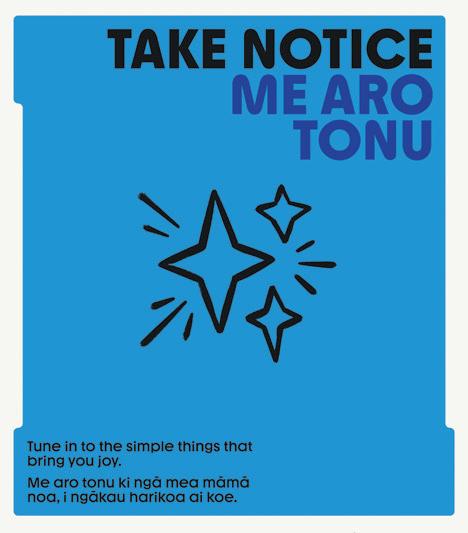
can be easily incorporated into anyone’s life, at any time. The ve ways to wellbeing (hauora) are:
1 Take notice | Me aro tonu: take notice of the things around you, remember the simple things that give you joy.
2 Give | Tukua: give your time, your words, your presence. Carrying out acts of kindness boosts our happiness, life satisfaction, and overall wellbeing.
3 Be Active Me kori tonu: be active, do what you can, enjoy what you do, move your mood. Being active can not only make us feel good, but it also enhances our thinking and learning abilities.
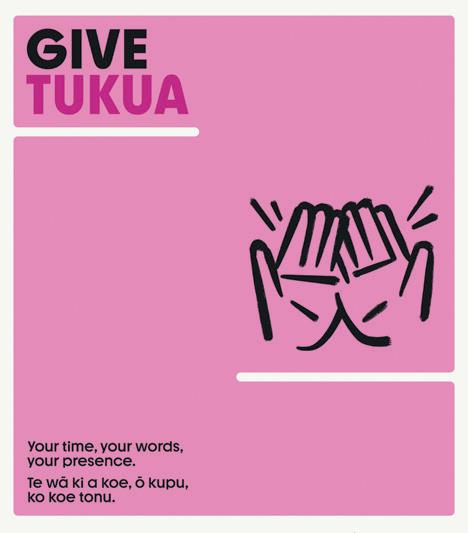
4 Connect Me whakawhanaunga: connect, talk, and listen, be there, feel connected. It is the heart of our wellbeing and weaves us together, making us feel seen, heard, and understood. When we nurture meaningful connections with others, we fuel our own happiness.
5 Keep Learning | Me ako tonu: keep learning and embrace new experiences, see opportunities, surprise yourself. Any activity that challenges our thinking and expands our consciousness improves our ability to think.
The Five Ways, Five Days campaign is underpinned by Te Whare Tapa Whā This is a Māori health model that
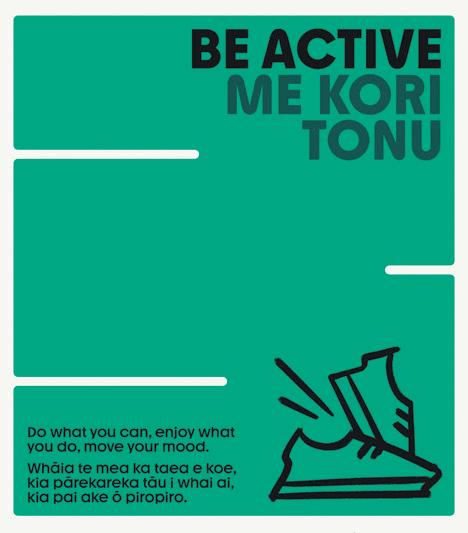

describes health as a wharenui or meeting house with four walls. These walls represent:
1 Taha wairua | spiritual wellbeing.
2 Taha hinengaro | mental and emotional wellbeing.
3 Taha tinana | physical wellbeing.
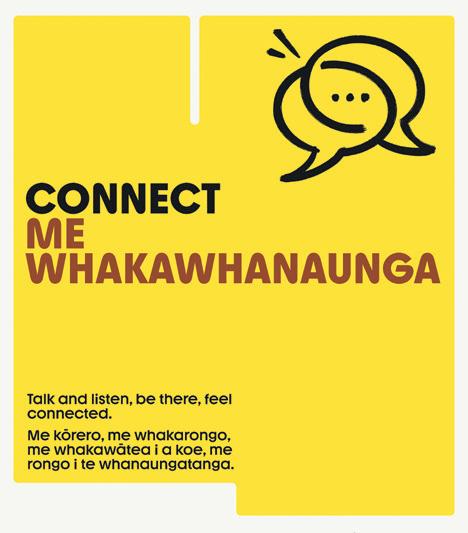
4 Taha whānau | family and social wellbeing.
In addition, our connection with the whenua (land), our roots, forms the foundation for the four walls of the wharenui.
Te Whare Tapa Whā is a model of health commonly used within our health system and by many schools.
For Masterton’s Rathkeale College for example, hauora-wellbeing is not just about how to repair your health when you become sick (as health care is sometimes understood), but is more about answering the question: “What does it mean to live a happy life?”
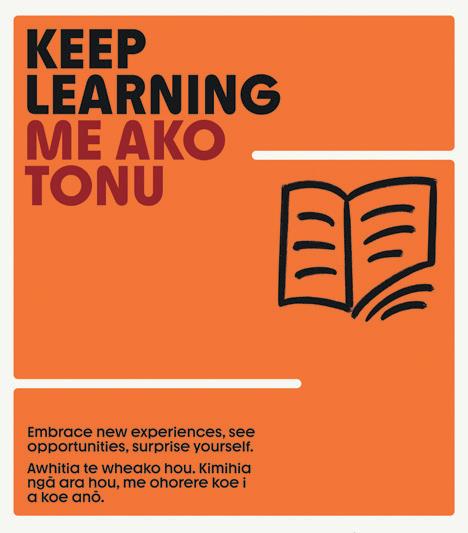
One of the ways in which Rathkeale implements the model of Te Whare Tapa Whā is through its peer support programme designed to, among other things, raise self-esteem and con dence in Year 9s, at a time when they are most vulnerable.
The College’s website notes: “when we look at the statistics on depression, anxiety and suicide, it becomes apparent that
we need to spend some time thinking about and discussing hauorawellbeing, as we live in a time where what it means to live well is not something that is always made clear to us.”
A 2018 government report on an inquiry into mental health and addiction (He Aranga Oranga or Pathways to Wellness) shows that one in ve of us experience mental illness or distress, and that increasing numbers of children and young people are showing signs of mental distress and are intentionally selfharming.
In addition to the human costs, the annual cost of the burden of serious mental illness, including addiction, in New Zealand is an estimated $12 billion or ve percent of gross domestic product (GDP).
Some people are particularly at risk of mental health illness –
those experiencing poverty and who are unable to nd a ordable housing, people who are unemployed or working in low-paid work, those who have backgrounds of abuse and neglect (including family violence and other trauma), and social isolation (especially in the elderly and rural populations).
For Māori, risk factors also include deprivation and cultural alienation.
Every year, 20,000 people attempt to take their own life. Our suicide rate for young people, at 18 per 100,000 aged 15-19according to Te Ara, The Encyclopedia of New Zealand - is among the worst in the OECD.
Each suicide creates signi cant, far-reaching impacts on the person’s friends, family and whānau, and the wider community.
Well over half of youth suicides involve alcohol or illicit drug exposure. And over 70 percent of people who attend addiction services have co-existing mental health conditions.






